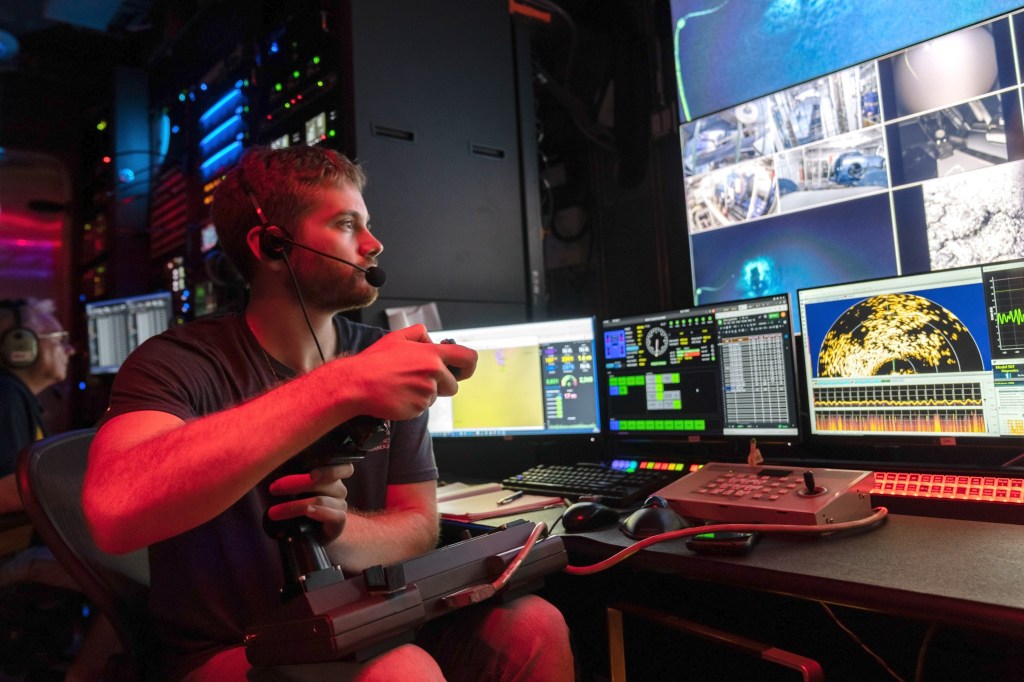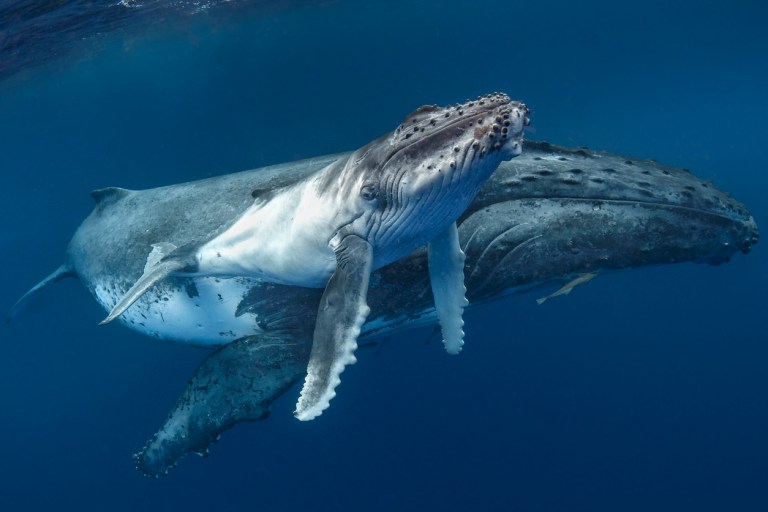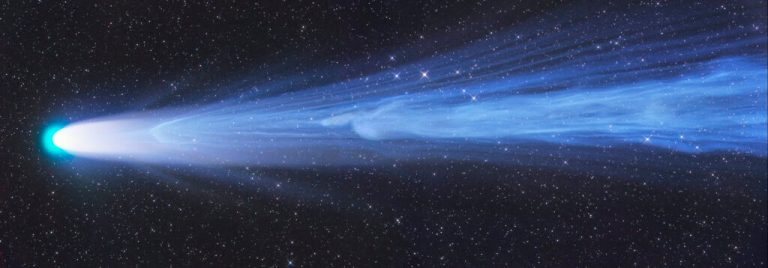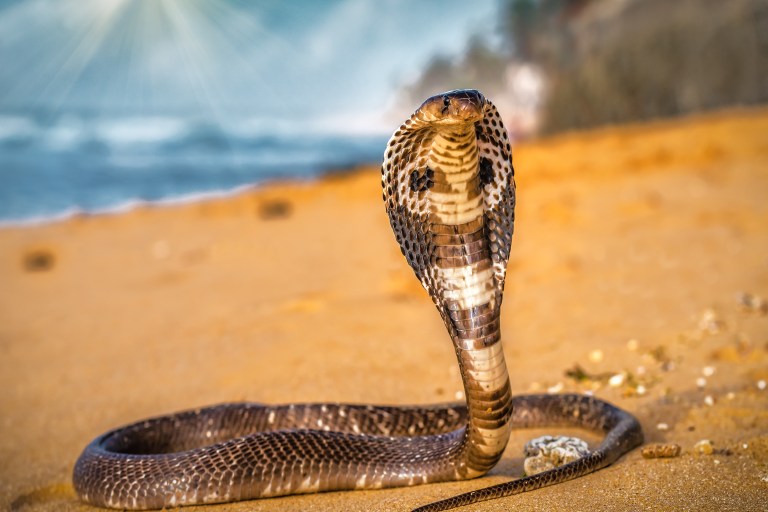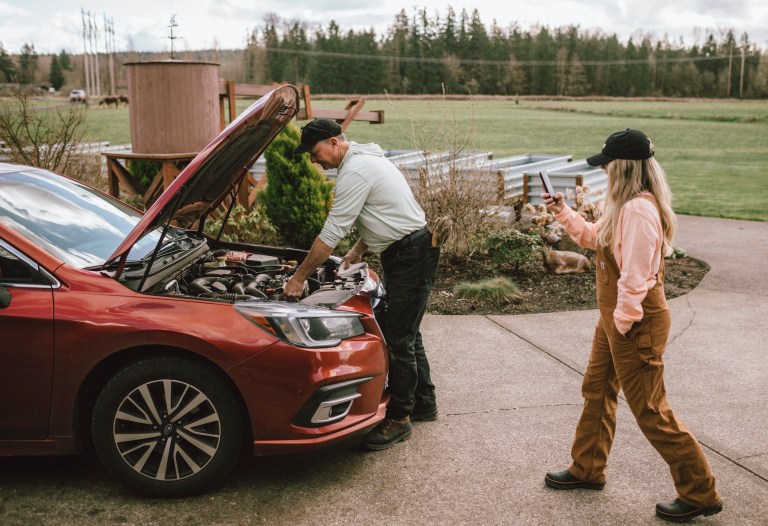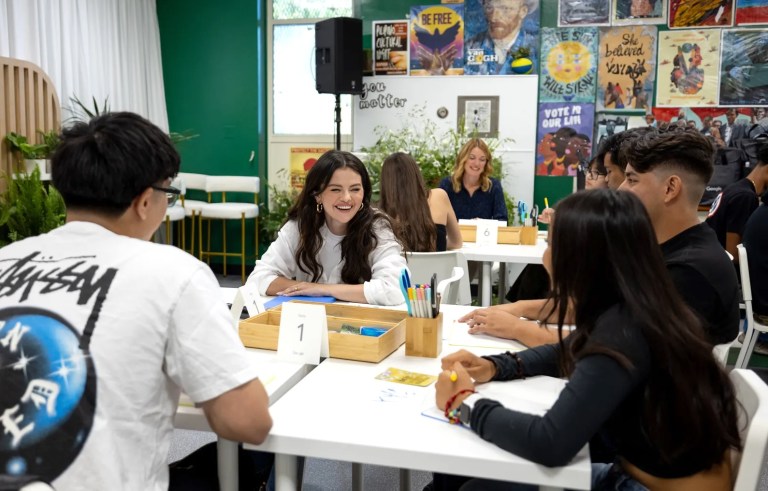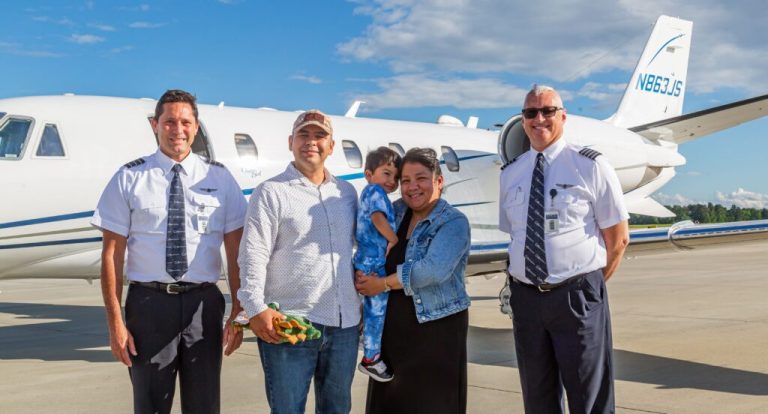Back in May, a team of experts and University of Rhode Island students received national attention when they explored and documented 17 ships while conducting the first survey of known wrecks in the Lake Ontario National Marine Sanctuary. A lesser-known aspect of the story? Team member Jake Bonney had been partially paralyzed after a ski accident just months prior — but thanks to his skill and passion, the 28-year-old still played a pivotal role by piloting a remotely operated vehicle, or ROV.
Working in ocean science was a childhood dream of Bonney’s, due in part to the influence of his naval architect father. “Growing up, I went into the office with him and tagged along on boat launches and stability tests,” Bonney shared in a news release. “My father printed out drawings of the ships he was working on, and I colored them in.”
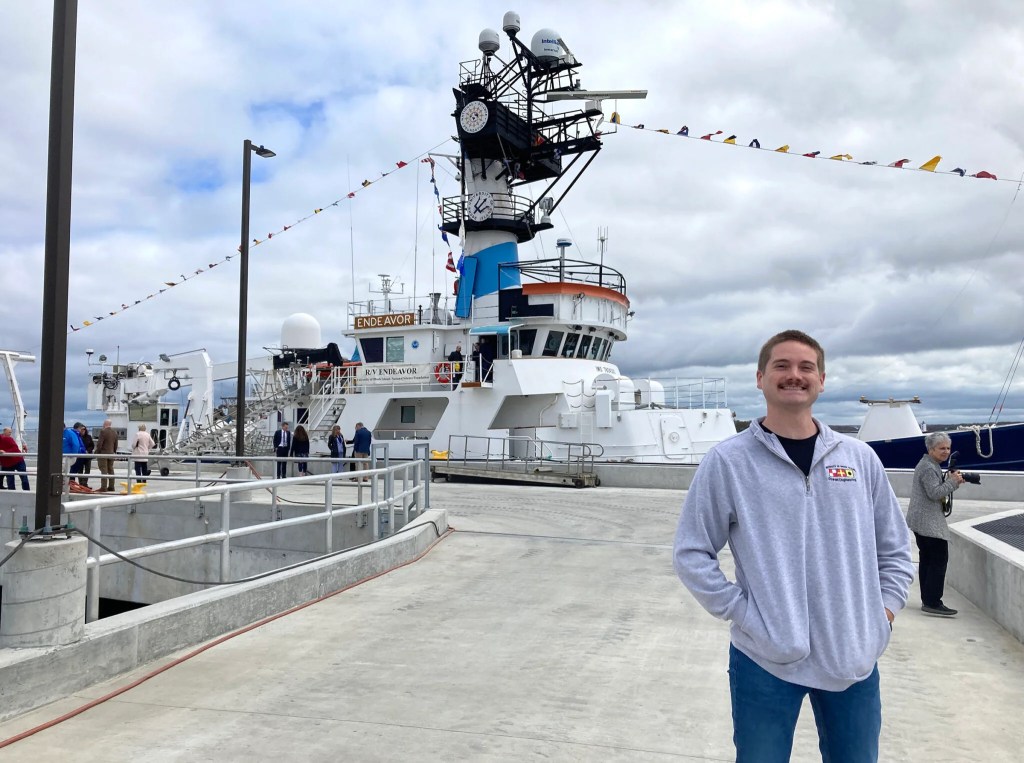
And he’s following that dream: Bonney chose to attend the University of Rhode Island for its ocean engineering program, and as he neared the end of his bachelor’s degree in 2019, he participated in a science and engineering internship that taught him to pilot ROVs. “I was immediately hooked,” he said of the experience. He later completed his master’s and began working toward a doctorate in 2021, continuing to direct and maintain ROVs during 16 expeditions spanning Washington to Hawaii.
Then, this past January, Bonney collided headfirst with a tree while skiing in Maine, an accident that fractured two of his vertebrae and ultimately left him paralyzed from under the chest down. “When I was lying there on the mountain, one of my first thoughts was that I may never go to sea and fly an ROV again,” he said.
Thankfully, that wasn’t the case. Months later, Jason Fahy, associate director of the university’s Ocean Exploration Cooperative Institute, asked Bonney to join the Lake Ontario expedition. “I was charged with building a team of URI’s most talented young engineers and scientists … and Jake is the best ROV pilot enrolled at URI,” Fahy said in the release.
RELATED: 1940 Shipwreck Discovered in Lake Superior: Learn Its “Interesting — and Perhaps Mysterious — Story”
Bonney was “immediately on board” — and had already remotely test-piloted the university’s new ROV, dubbed Rhody, from Spaulding Hospital in Massachusetts, where he began doing physical therapy less than two weeks after the accident.
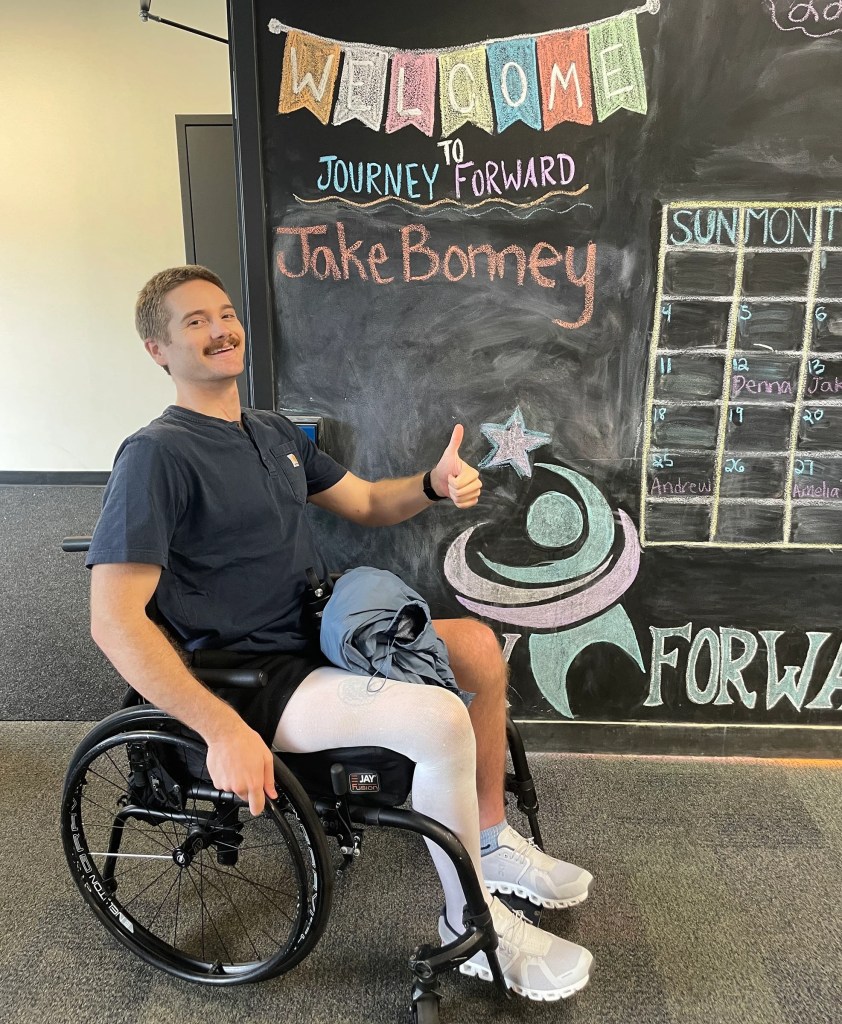
During the May expedition, he communicated with a standby pilot on board and used the ROV camera and sonar feeds to direct Rhody for four hours, conducting a complete photogrammetry survey of the ship Iona, which sank in 1912. It took him about 15 minutes to feel comfortable, and at first, he was concerned about potential delays due to the remote connection. But any lag “turned out to be almost unnoticeable,” Bonney said, and ultimately it was a “great experience with some valuable lessons.”
Fahy shared: “It wasn’t lost on me or the team that our effort to enable remote piloting would boost Jake’s morale and hopefully inspire his continued recovery. Jake is a valued member of our team, and we wouldn’t have done it without him.”
Thanks to the successful role he played in the mission, Bonney was asked to research and improve remote operations. “I used to joke that I wanted to fly an ROV from my own couch one day, and then it happened. Now there are plans to incorporate remote piloting into more expeditions,” he said, adding that the experience “reinvigorated my fight to continue to get better and rejoin my shipmates in the future.”
Bonney’s family set up a GoFundMe page to contribute to his medical expenses — you can donate here.
